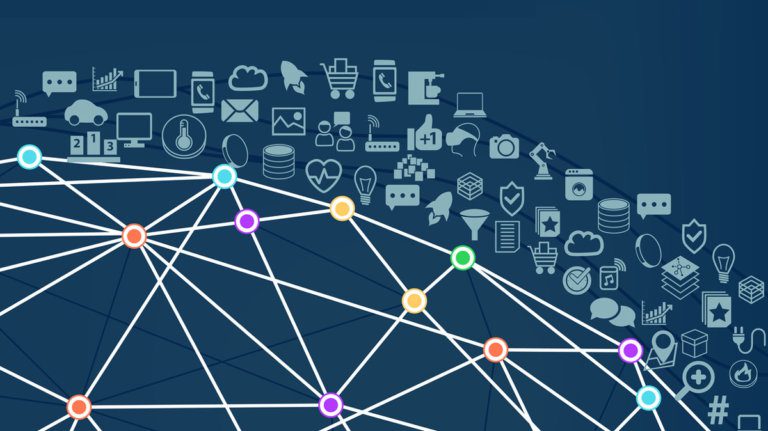Consumer
5G — The Beginning of an Exhilarating Journey

“5G” is the next step for the evolution of wireless technology beyond “4G-LTE” with the 2018 and 2020 Olympics acting as powerful Incentives for vendors to accelerate their product development.
A few weeks ago, I travelled to San Francisco to chair a session at the new IEEE SDN-NFV conference and to participate in a panel session at the IEEE 5G Summit taking place in Silicon Valley that same week. I have long been convinced that NFV and SDN would be key enabling technologies for 5G. My panel role was to talk about how the international standards effort around NFV and SDN would support innovation in the 5G space.
In the weeks preceding the conference, Verizon had announced plans for “5G” field tests. As a consequence, demand to attend the 5G Summit was much greater than the organizers had originally anticipated resulting in the event shifting to a larger venue. There was a capacity crowd of greater than 300 academic and industry researchers along with a sprinkling of business development types.
5G Target
Industry initiatives to define the target for 5G have identified eight key requirements for the technology:
- 1-10Gbps connections to end points
- 1ms end-to-end round trip delay (latency)
- 1000x bandwidth per unit area
- 10-100x number of connected devices
- Perception of 99.999% availability
- Perception of 100% coverage
- 90% reduction in network energy usage
- 10-year battery life for low power devices
We have all seen the impact that broadband connectivity combined with smart devices has had on our lives. Imagine the possibilities if this ambitious target could be realized!
Innovation in a 5G World
As the conference progressed, I became more and more excited about the innovation possibilities in a 5G-enabled world. There were a number of very informative presentations during the day, but the talk that made the most impact on me was the keynote by Professor Gerhard Fettweiss from the 5G Lab. I was floored by his vision for a “Tactile Internet” illustrated with powerful video demonstrations that showed if network latency (round trip delay) could be reduced below 10ms, the potential for machine to machine and human to machine interactions would become limitless. A surgeon undertaking remote surgery was one example, self-driving vehicles with real-time network assisted object tracking another. Of course safeguards would need to be in place to deal with loss of connectivity or faults, but you get the idea.
I am convinced the “Tactile Internet” will spawn a myriad of applications in every field of human endeavor. Many of which we cannot even conceive of yet. However a fellow delegate remarked that he didn’t think Gerhard’s vision would be realized any time soon. In my view he missed the point - a compelling vision is the critical first step for any new ecosystem to get started and I am sure that key elements of the tactile internet vision will be realized sooner than people think. The enabling technologies exist today. They just need to be brought together in the right way with standards that facilitate open innovation.
Other keynotes including those from AT&T and Google reinforced my impression that we are on the cusp of an unprecedented era of innovation driven by low latency, high bandwidth wireless connectivity embodied in what is being termed “5G” — but having far greater implications than simply wireless connectivity.
Back to reality and my panel, which was the final event of the conference. We were challenged with answering the imponderable question “what is 5G”. None of us was able to come up with an answer that satisfied the moderator since 5G is a far richer vision than simply an increase in wireless bandwidth or a 5G icon appearing on a smartphone handset.
What CableLabs is doing in this Space
The cable network will provide an ideal foundation for 5G because it is ubiquitous and already supports millions of Wi-Fi nodes in places where the majority of wireless data is consumed. It has high capacity for both Access and Backhaul. It is highly reliable and has low intrinsic latency because it is based on optical fiber which penetrates deep into the access network feeding wideband coaxial cables reaching all the way to the end-user premises. Moreover, it is a multi-node remotely powered access topology ideally suited to support the connection of the large number of small cells close to homes and businesses that will be needed for 5G.
A multi-faceted CableLabs R&D program is addressing the key technologies required for 5G. For example, we are developing end-to-end architectures based on SDN and NFV technologies that will provide the efficiencies and resource flexibility and adaptability required for 5G. We are studying the co-existence of wireless technologies and we have joined with leading industry organizations such as NYU WIRELESS to evaluate how spectrum in the millimeter wave region combined with the cable network will provide an economical foundation for 5G. CableLabs participated in the recent 3GPP RAN 5G Workshop where we outlined the CableLabs vision for converged broadband and wireless networks.
It is exhilarating to think that the 5G journey is only just beginning and it is going to be incredibly exciting because we will be visualizing how to architect a dynamically configurable 5G network based on the existing cable network and bringing it all together to serve the needs of cable operators and their customers world-wide.
Watch this space for blogs from my CableLabs wireless colleagues, and consider attending our new Inform[ed]: Wireless conference in New York in April.
Don Clarke is a Principal Architect at CableLabs working in the Virtualization and Network Evolution group.

